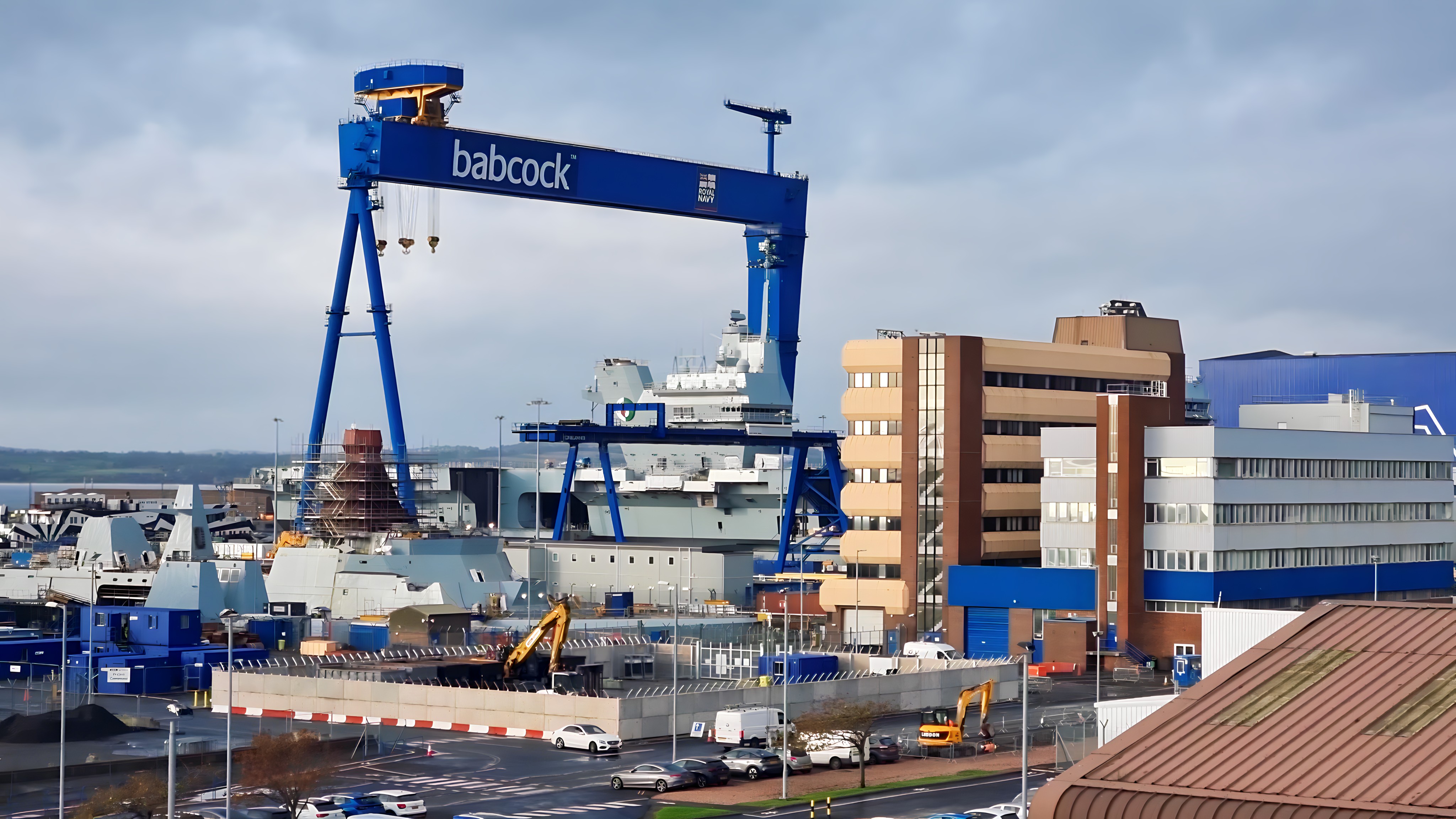DragonFire is the UK’s new high-power laser weapon system, intended for Royal Navy ships from 2027.
It is being developed by a British consortium that includes MBDA UK, Leonardo UK, QinetiQ and the Defence Science and Technology Laboratory.
DragonFire is designed to track and destroy fast threats such as drones and mortar rounds. Recent trials at the MOD’s Hebrides range showed it detecting, following and shooting down drones travelling at about 650 kilometres per hour, including targets beyond the horizon. These tests were the first in the UK to demonstrate that level of accuracy and speed.
The system uses a British beam-combining method that merges the output of many glass-fibre lasers into a single, concentrated beam. The full technical approach is classified, but DragonFire sits in the 50-kilowatt class and is accurate enough to hit a one-pound coin from a kilometre away. A turret holds the laser, an electro-optical camera and a second low-power laser for tracking.
One of the main attractions is cost. Each shot is around ten pounds, compared with the very high cost of missile interceptors such as Sea Viper. Because it uses electrical power rather than ammunition, it avoids problems with stockpiles during prolonged engagements and limits the risk of collateral damage.
The government has brought the programme forward by five years after the successful tests and plans to install it on a Type 45 destroyer in 2027. It is also being explored for Army vehicles and future RAF combat aircraft.
The development contract is worth 316 million pounds and will support nearly six hundred jobs across sites in Bolton, Bedford, Farnborough and Edinburgh. MBDA’s UK Managing Director Chris Allam described DragonFire as a “truly game changing weapon system”. Defence Minister Luke Pollard said it will place the Royal Navy “at the leading edge of innovation in NATO” and strengthen the UK’s ability to counter modern aerial threats.
Leonardo, which builds the beam director, has highlighted the potential for laser weapons to reshape close-in defence. The technology can be used to dazzle sensors, disable equipment or destroy incoming threats, depending on what is required.














So i know very little of this type of weapon system so hopefully someone can answer this so how long does the laser beam have to be on the target to destroy it or is it instant ? Or does the laser hit it and then have to heat up the projectile to destroy it ?
I can imagine the strength of the beam, the weather, and the material of the target.
You can see it in videos of the system. But yes it takes a while to burn through the wing of a drone. It’s all about how much energy you can put in one spot. As it gets closer the beam gets stronger and the targeting more precise, so it’s hard to say exactly, but most drones seem to take 10-20 seconds.
It’s certainly still vulnerable to saturation attacks. Cruise missiles at 650kph can close distance quickly, so 2 or more can probably overwhelm it.
Thanks for the reply 10/20 seconds sounds a very long time to have to be on target I’m guessing these things currently are more proof of concept currently rather than replacements for guns and missiles
PEW PEW PEW!!!!!
Are they able to scale the power up more or is it stuck at 50 kilowatts.